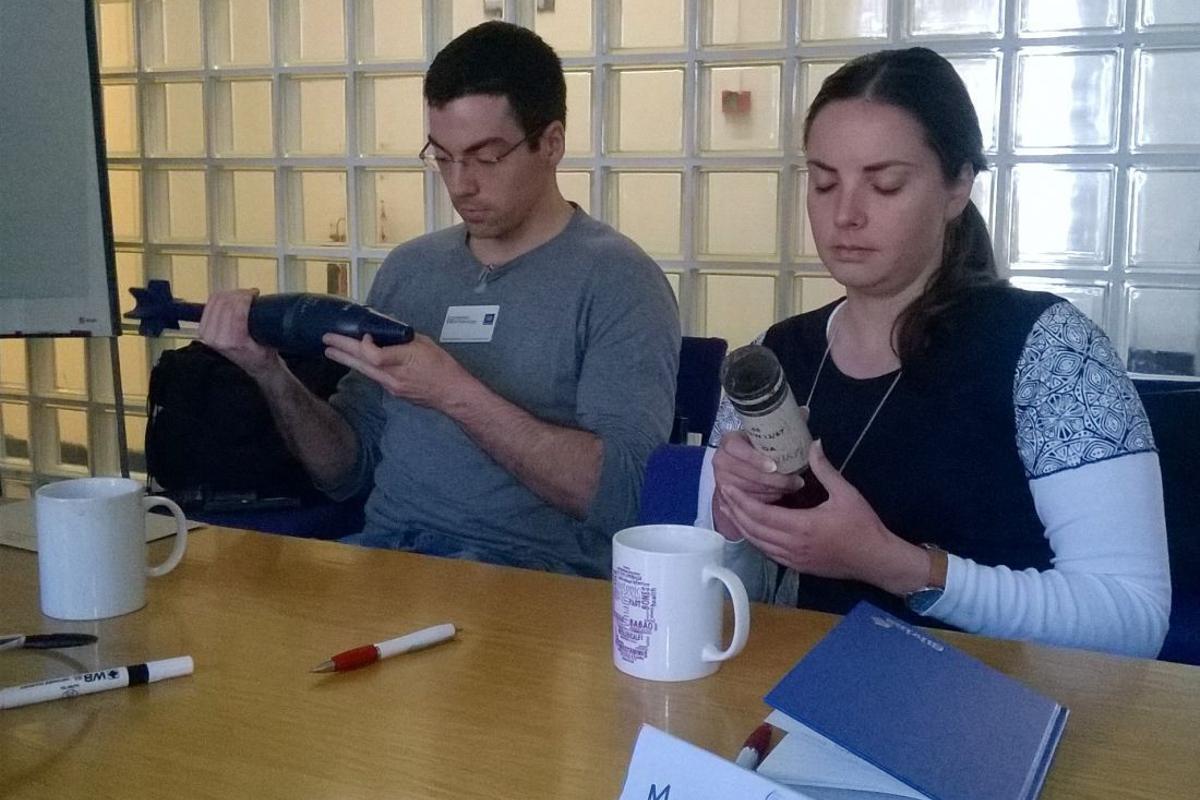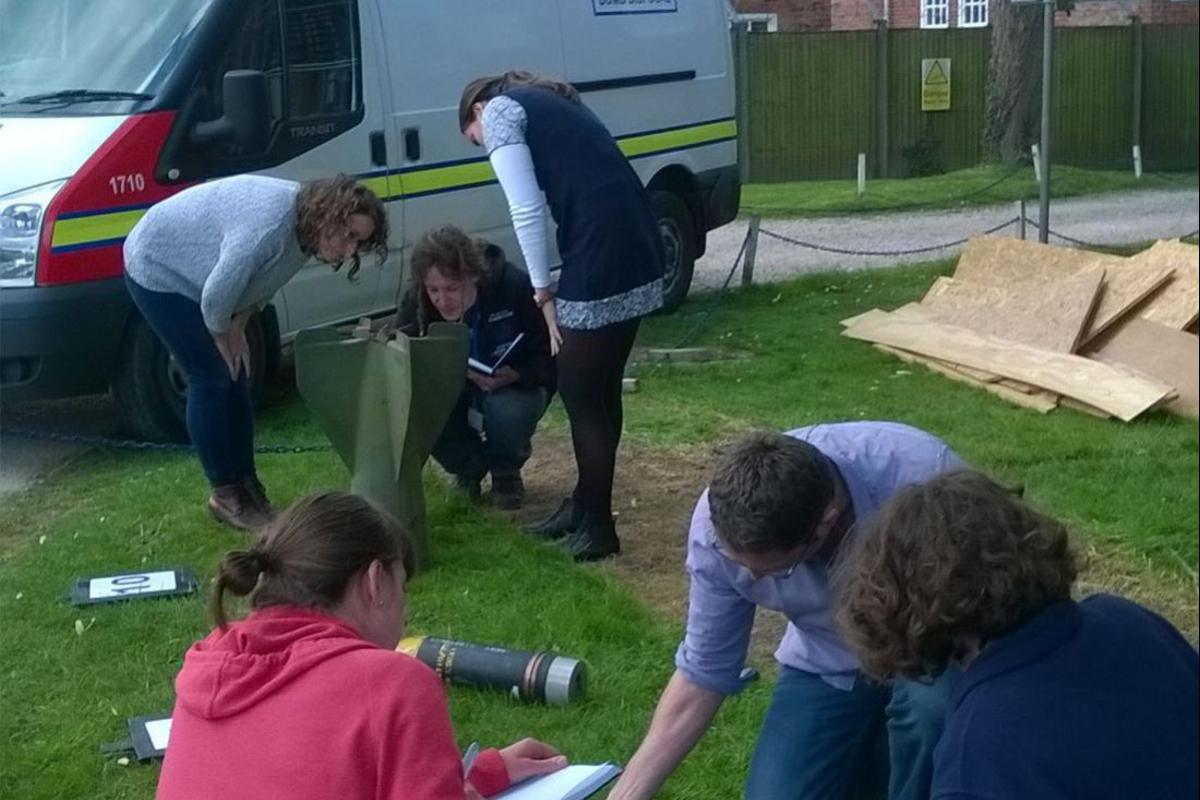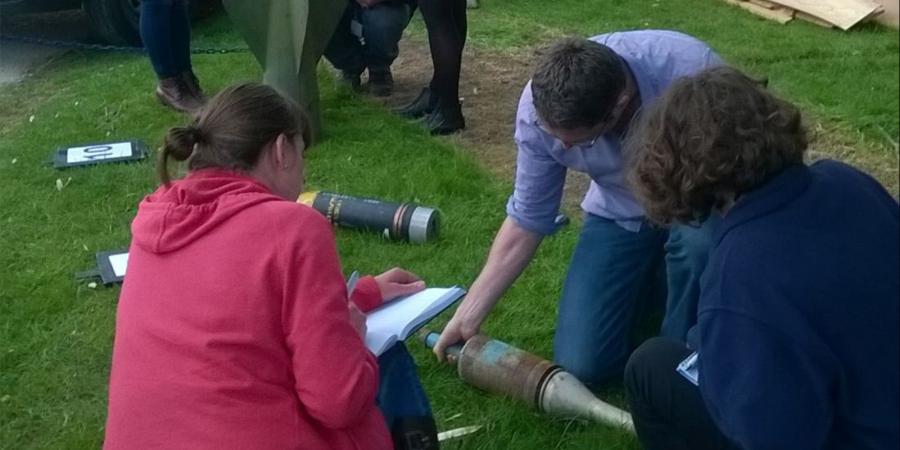The Coastal & Marine team often encounter Unexploded Ordnance (UXO) in their day-to-day work from researching projectiles reported through the Marine Aggregate Industry Protocol, to diving on minelaying U-boats. To help develop our knowledge of these potentially hazardous historical artefacts and to maintain our health & safety standards, we recently held a UXO Identification refresher workshop. Dave Welsh of Ramora UK led the training day and shared his wealth of knowledge and experience gathered from years working as a Navy Clearance diver and then establishing the explosive ordnance disposal company in 2005.


Our training started off with Dave dispelling many common misconceptions about underwater UXO, such as – ‘bombs aren’t dangerous after they’ve been underwater for 60 years’ – yes they can be! We then learnt how to identify if a UXO is: Inert (contains no explosives), Blind (armed, but undetonated) or Live (not yet armed and potentially dangerous). It is very important to be able to assess the state of the UXO as it effects whether you can examine the UXO very carefully or give it a wide berth and leave it to the experts. Dave then gave us a crash course in the variety of bombs, mines, torpedoes, mortars, missiles, rockets, shells, bullets and grenades we might encounter during our marine archaeology work and how to identify them.
We finished off the day with a practical session of ‘identify that UXO’. There was great competition between the groups to successfully identify each of the 10 items which ranged from cannon balls, a 4in shell, and a torpedo arming device!
With the training over, we are now armed (sorry!) with the knowledge to deal with any UXO we encounter in our marine archaeology work, including knowing when to leave it alone and call in Dave and the experts!
